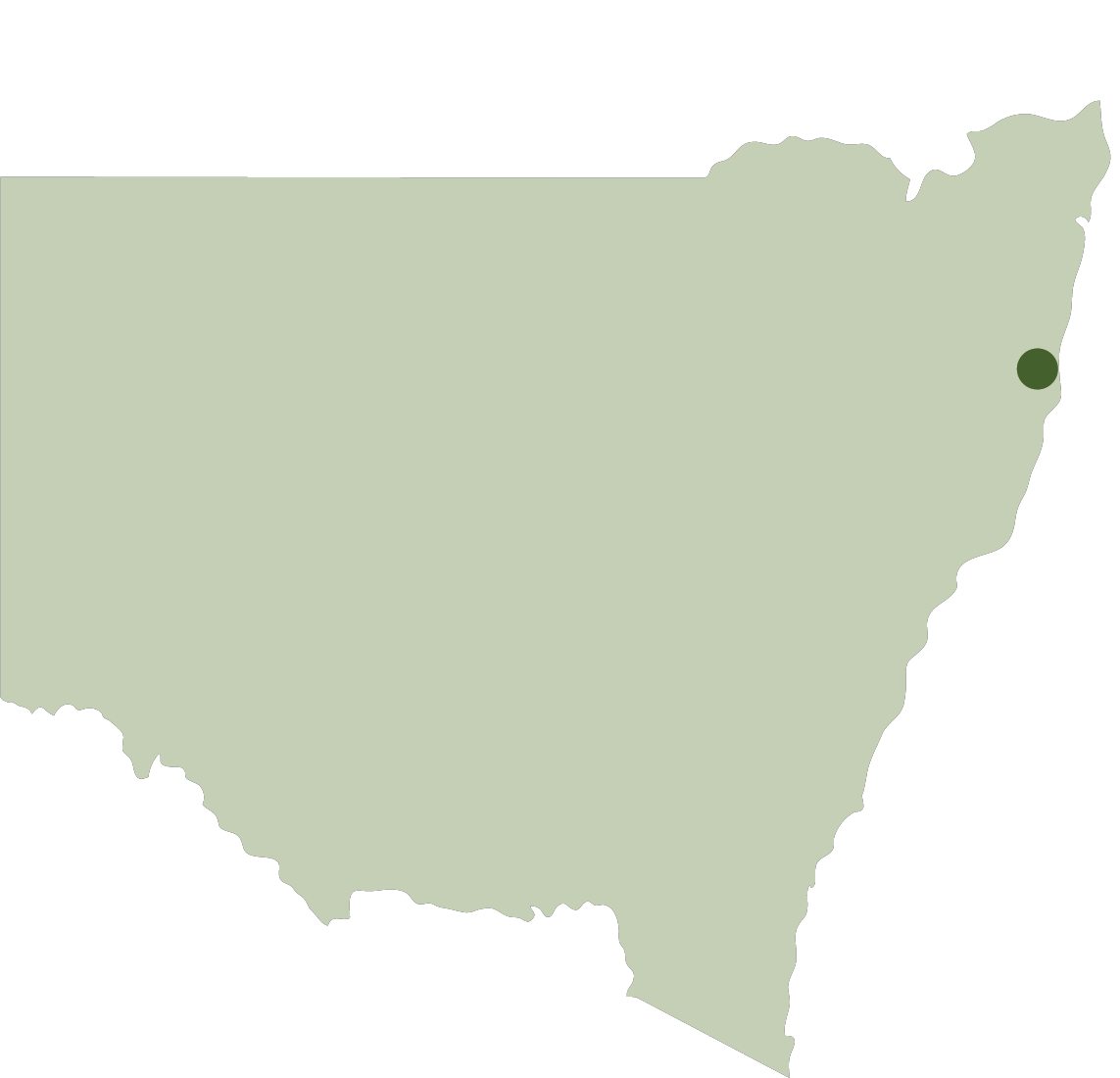Koala Habitat Restoration and Protection in the Coffs Harbour Region
Partnering with landholders and NSW government to protect and restore priority Koala habitat
North Coast Local Land Services
Upper Orara, NSW

Overview:
The Koala Habitat Restoration and Protection in the Coffs Harbour – North Bellingen Area of Regional Koala Significance project (KHR) will be delivered by LLS and partners with landholders, local and NSW government to protect and restore priority Koala habitat in parts of Coffs Harbour and Bellingen LGAs.
As part of the KHR project, Envite Restoration Ecologists developed site-specific management plans for four properties which make recommendations for on-ground restoration actions of degraded Koala habitat and provide guidance for the property owner on the ecological restoration and ongoing management of habitat utilised by Koala and other native flora and fauna.
OBJECTIVES OF THE PLAN
- To increase the recovery of native vegetation for Koala and address threatening processes.
- To provide guidance and motivation to landholder/s to repair and maintain the biodiversity values of their properties.
For one site, additional intervention through revegetation was required, aiming to recreate the diverse ecosystem that once thrived before clearing activities. The 12 ha site would be reconstructed to reflect surrounding plant community types to include an appropriate proportion of Koala feed trees.
Following recommendations, revegetation planning was then developed following a review of literature and mapping relevant to the study area and from the undertaking of site investigations of those bushland remnants present within or adjoining the project sites. During site investigations the diversity of plants and communities present was recorded, as were the observed and predicted occurrence of fauna species. Reference could be made to the Site Management Plan for more information on geology, Aboriginal cultural heritage and landscape context.
Outcomes:
Plant densities would vary across the Zones with two distinct spacing methodology and rational. Closer planting densities (3-4m spacings) will occur on the upper southeast facing slopes, as higher growth rates have been previously recorded in these areas from previous planting which occurred in 2022 by Envite. Plantings will also occur close to existing clusters which will expand and connect mature vegetation. These dense plantings will form clusters. Cluster plantings aim to establish a more rapid vegetation structure, facilitating accelerated improvements in connectivity across the landscape.
In these clusters, species selection prefers resilience, particularly located on the outer edges of the cluster plantings. Other species that require protection are to be planted under or sheltered by existing trees and increasing diversity within the centre of the cluster.
In the open paddocks spacings at 10m will be adopted. The selection of pioneer species provide the initial stages of ecological succession, enabling the establishment of more complex and diverse plant communities over time. They also allow for faster canopy structure, creating shade that helps suppress weed growth and encourages fauna activity.
Planting the low-lying areas will be completed in Spring 2024 to avoid frost damage to sensitive Rainforest species during the Winter period. Selecting plant species and implementing appropriate management practices, will aim to enhance the success of revegetation efforts in frost-prone areas.
Biodegradable tree guards and weed mats will be used in the revegetation project to provide several benefits for establishment and removing the need to retrieve them from the field. Tree guards protect against herbivores and weather, while weed mat suppresses weed growth and retains moisture, collectively promoting successful plant establishment.
Planting completed in June 2024 by Envite field staff installing approximately 7,000 trees, with another 1,000 to go in Spring 2024. Conditions were ideal, with good soil moisture maintained with hand watering and meticulous site preparation. Photo monitoring and aerial survey will show how planning species density needs identified during the planning stages will enhance the restoration process.
This project is funded by North Coast Local Land Services
Click on the image to enlarge

















